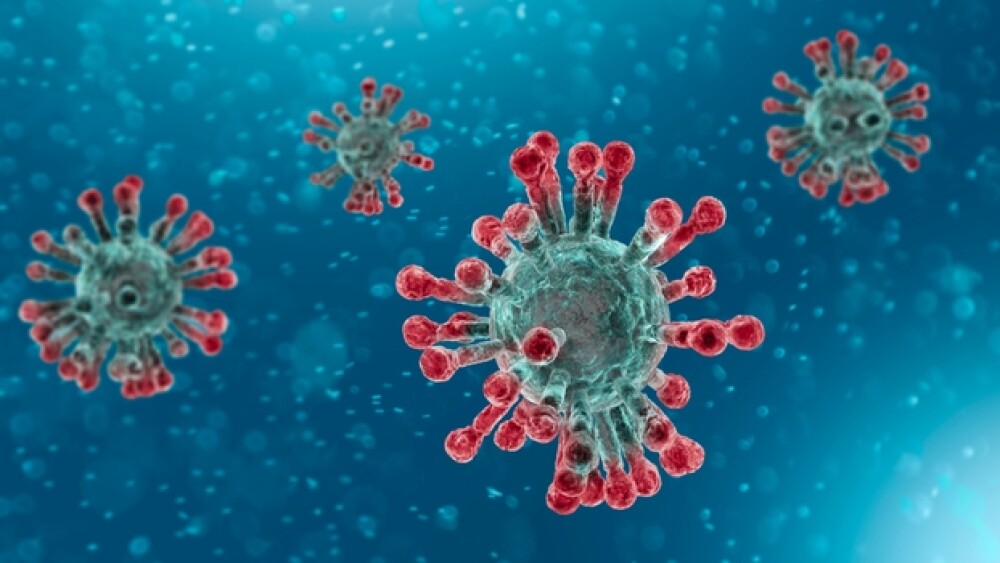“Our goal is to get information out to the community and to share data as soon as is humanly possible, so that we can help accelerate ongoing efforts in the scientific and medical communities,” said Alex K. Shalek, the Pfizer-Laubach Career Development Associate Professor of Chemistry.
Researchers from the Ragon Institute of MGH, MIT and Harvard; MIT; and the Broad Institute of MIT and Harvard have discovered the specific types of cells that the coronavirus appears to target. According to their report, which was published in Cell on April 22, this information may guide scientists who are working on developing tests and treatments for COVID-19.
The researchers utilized existing data on the RNA that was found in different types of cells to draw their conclusions. With this information, they were able to search for cells that express the two proteins that help the SARS-CoV-2 coronavirus enter human cells.
They also discovered subsets of cells in the lung, the nasal passages, and the intestine that express RNA for both of these proteins more than other cells.
“Our goal is to get information out to the community and to share data as soon as is humanly possible, so that we can help accelerate ongoing efforts in the scientific and medical communities,” said Alex K. Shalek, the Pfizer-Laubach Career Development Associate Professor of Chemistry, a core member of MIT’s Institute for Medical Engineering and Science, an extramural member of the Koch Institute for Integrative Cancer Research, an associate member of the Ragon Institute, and an institute member at the Broad Institute.
Shortly after the COVID-19 outbreak began, researchers found that the viral “spike” protein binds to a receptor on human cells, known as angiotensin-converting enzyme 2 (ACE2). Another enzyme called TMPRSS2 helps activate the coronavirus spike protein, allowing for cell entry.
“As soon as we realized that the role of these proteins had been biochemically confirmed, we started looking to see where those genes were in our existing datasets,” said Jose Ordovas-Montanes, a former MIT postdoc who now runs his own lab at Boston Children’s Hospital. “We were really in a good position to start to investigate which are the cells that this virus might actually target.”
In the nasal passages, the researchers found that goblet secretory cells express RNAs for both of the proteins that SARS-CoV-2 uses to infect cells. In the lungs, they also found the RNAs for these proteins, mainly in cells called type II pneumocytes. Finally, they discovered in the intestine that enterocytes express the RNAs for the two proteins more than any other intestinal cell type.
“This may not be the full story, but it definitely paints a much more precise picture than where the field stood before,” Ordovas-Montanes said. “Now we can say with some level of confidence that these receptors are expressed on these specific cells in these tissues.”
Although there is not yet a vaccine for COVID-19, the World Health Organization announced today that three more candidates have been added to its list of coronavirus vaccines in human trials.
Swiss pharmaceutical company Roche publicly stated on Wednesday that it believes a coronavirus vaccine will not be ready for use until the end of 2021, at the earliest. Severin Schwan, Roche’s chief executive, expressed his skepticism that a vaccine could be fully tested, manufactured and distributed around the globe within the next 12 to 18 months during a conference call with reporters.
On Tuesday, Dr. Anthony Fauci of the White House’s coronavirus task force issued guidelines that affirmed there is still no proven drug for treating coronavirus, according to the New York Times.





